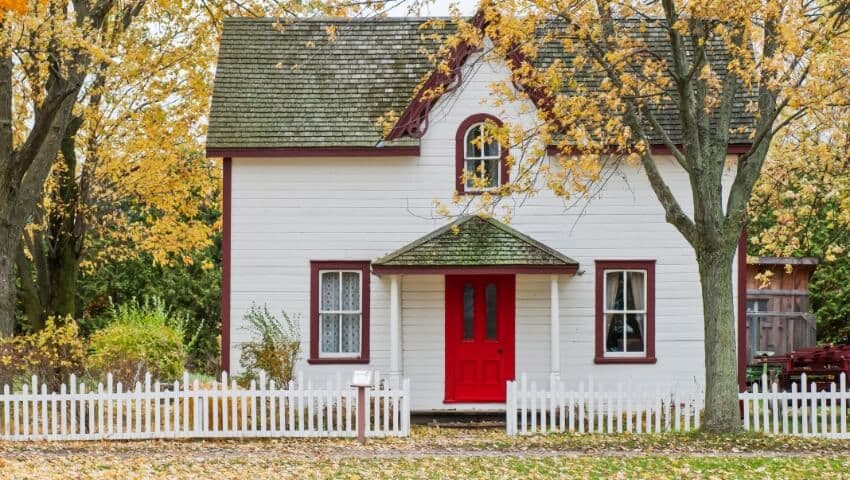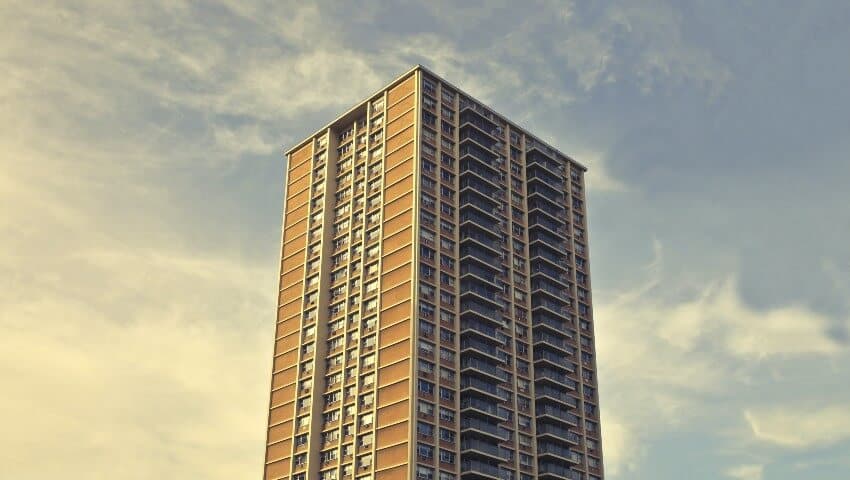What Is and Isn’t Covered by Homeowner’s Insurance

Homeowner’s insurance is a critical policy that covers the financial fallout related to the destruction of your home and the contents within it. Whether a fire causes a total loss or a thief breaks into your house and steals all your stuff, a homeowner’s insurance policy can pay for replacements, repairs, and rebuilding.
Another crucial area covered by homeowner’s insurance is legal liability. It can pay for legal fees and damage award costs if an injury or property loss results in a lawsuit against you.
This article lists common areas that homeowner’s insurance does and doesn’t protect against.
Related: How Much Is Homeowners Insurance?
Need Home Insurance?
What is covered by home insurance?
1. The home itself
Homeowner’s insurance pays for the repair or rebuild of your home in case of an unexpected event such as a fire, floods, and natural disasters.
If a fire destroys your home and you have nowhere to go, a homeowner’s policy may further pay for additional living expenses such as a hotel stay or rental. The policy also typically covers damages from events such as hailstorms or vandalism.
Related: Does tenant insurance cover damage to landlord’s property
2. Contents insurance:
Homeowner’s insurance coverage further protects the items inside your home. If an unexpected fire occurs, you need to rebuild your home and replace your things. This could include furniture, electronics, and more. Homeowner’s insurance also protects these items in the event of a home burglary.
Contents insurance is further divided into replacement-cost coverage and actual cash value coverage. Replacement-cost coverage will provide enough compensation to replace whatever was destroyed or stolen without considering depreciation.
However, actual cash value coverage considers depreciation. Thus, the amount of payment you receive from the theft of your five-year-old television may not be enough to purchase a new one.
3. Liability coverage
Suppose you have guests over, and someone slips on your doorstep. They might face serious injuries, require a hospital visit, and possibly miss work. In this case, they may sue you for damages since your slippery doorstep caused these unfortunate events.
Homeowner’s insurance covers the cost of legal fees and damage awards in this case. It can take the financial brunt on your behalf through its liability coverage.
Related: What does renter’s insurance cover
What is not covered by house insurance?
1. House damage resulting from neglect
Insurance doesn’t cover issues such as “wear and tear” or which result from your own negligence. Common examples include mould or pest infestations. These issues can cause significant damage to your home. However, they’re usually the result of a homeowner’s neglect to take care of their property.
Mould often arises from leaking water. If you, as a homeowner, don’t notice such water damage and mould in time, it’s not the responsibility of your insurance policy to cover the damage. Burst pipes are another area that insurance companies may deem as neglect.
Related: Is a home warranty the same as homeowners insurance
Related: How do home insurance claims work?
2. Earthquakes, landslides, and sinkholes
Because some circumstances like earthquakes or landslides can affect a significant number of homeowners at once, insurance carriers are hesitant to cover such events in full.
Instead, some providers have separate policies to cover these extreme events. Especially in earthquake-prone areas like California, earthquake insurance is a standard and essential policy.
3. Sewer backup
Sewer backup can occur when significant rainfall or melting snow, or blockage in the sewer lines causes floods within a home. This can cause significant flood damage to a basement or other areas. Repair costs may be at your own expense or your municipalities, depending on the reason for the backup.
Home insurance policies commonly don’t cover sewage backup, but your insurance provider may cover sewage backup in a separate flood insurance policy.
4. Expensive jewelry or artwork
Although contents insurance covers the stuff inside your home, there are caveats. Costly items like artwork and jewelry usually require a separate insurance policy. Homeowner’s insurance carves these items out as they have an expensive replacement cost and are a target for thieves.
5. Business equipment
If you’re a business owner, your home insurance policy does not cover assets related to your company. If you’re a consultant, for example, and require a home office setup, your home insurance might not cover your setup in case of a fire or burglary. Instead, you would need a business insurance plan.
Homeowner’s insurance is a vital policy to have as a homeowner. It can protect you from financial fallout if your home is damaged or destroyed. It additionally covers situations such as theft and lawsuits. However, it’s important to understand what home insurance doesn’t cover. This way, you can find additional coverage to fill the gaps.
Related: Do I Need Homeowners Insurance and When Should I Buy It?
APOLLO Has You Covered
We can help you understand the benefits of Home Insurance, and get your belongings covered in minutes.
Originally published December 20, 2021, updated August 25, 2023
Back to APOLLO MagazineGet a quote in less than a minute
Get no-nonsense coverage that's the best value for your money. Purchase policies from your computer or phone, receive your documents instantly, and save when you buy online.
4.7 rating
Get a quote in less than a minute
Get no-nonsense coverage that's the best value for your money. Purchase policies from your computer or phone, receive your documents instantly, and save when you buy online.
4.7 rating
Relevant articles
Getting insured is as easy as 1 - 2 - 3

Tell us (very little) about yourself
Just tell us your address, your name, email and phone number. And that's it. We'll give you a price in less than a minute.

Pay online easily and securely
You can choose to pay monthly or save money by paying for the entire year in one easy payment.

Get your documents in your inbox - instantly
As soon as you complete your purchase, you'll find your proof of insurance and policy documents waiting for you in your inbox.
Get covered today - it couldn’t be easier
We’ve provided more than 1,000,000 quotes to Canadians just like you. Give it a try!



